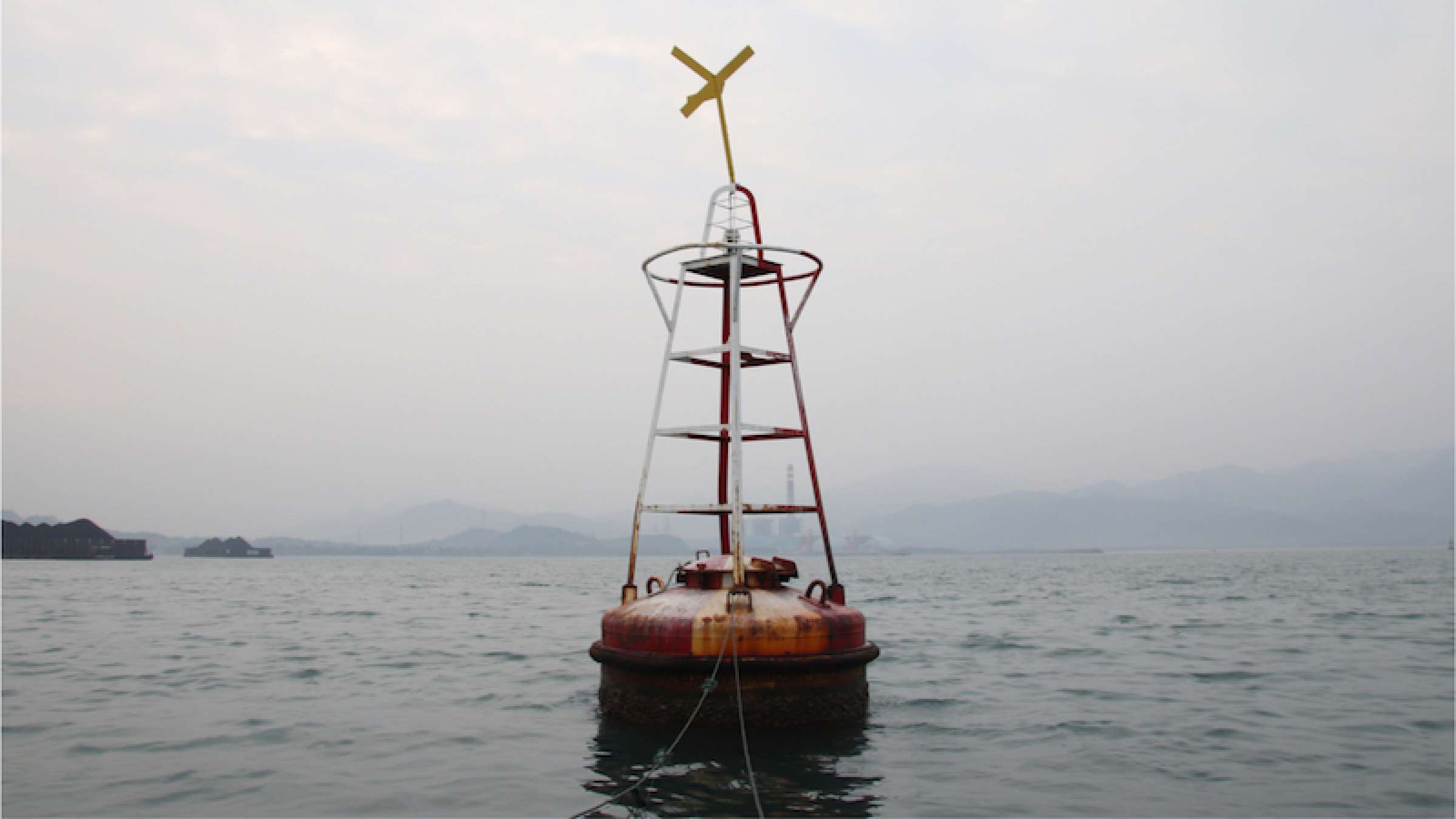Learning Labs: Sendai Framework Monitoring (Early Warning Systems)
UNDRR has been mandated to support the monitoring of the implementation of the Sendai Framework for Disaster Risk Reduction 2015-2030. This is facilitated through the online Sendai Framework Monitor (SFM). Launched in March 2018, the data from SFM has been used for monitoring of the Sendai Framework, while reporting for DRR-related indicators of SDGs. As of end-2021, 155 Member States have used the SFM for reporting. This session will focus on the custom indicators for reporting on Target G and Early Warning.
Interested participants are invited to register for the Learning Labs as soon as possible through this link.
Session objectives
- To understand the importance of measuring the efficiency of Multi Hazard Early Warning Systems (MHEWS)
- To demonstrate the process of reporting on the global indicators under Target G of the Sendai Framework
- To orient participants on a new set of custom indicators on EWS and solicit feedback based on their respective country contexts.
Speakers
- UNDRR
Learn more
Participants may benefit from bringing their own laptop (but not essential).
Where do we stand
Multi Hazard Early Warning Systems (MHEWS) have made a substantial contribution to saving human lives and livelihoods from multiple hazards. However, even while countries have progressively invested more on such EWS, most of them have struggled to estimate their return on investment by effectively measuring the efficiency of MHEWS.
Recognising this, UNDRR and WMO are undertaking a joint initiative supported by CREWS, to help countries to better assess and monitor the effectiveness of their national EWS. For this purpose, a set of custom indicators, measuring effectiveness of MHEWS, have been developed for integration into the Sendai Framework Monitor (SFM). Countries have the option of using these indicators on a voluntary basis, as per their own individual contexts. The basic set of indicators have been reviewed by an expert working group including among others, members from both the hydrometeorological and DRR areas of work within the governments.
Currently a learning package is being developed, which will be piloted in the two regions of West Africa and the Pacific. This includes training on the global Target G of the Sendai Framework that is primarily focussed on EWS. This will be followed by training workshops in these regions and the Caribbean, targeted at Least Developed Countries (LDCs) and Small Island Developing States (SIDS) being organized in the sub-regions. This learning lab is being organized at the Global Platform 2022 in order for participants to build their capacities in SFM reporting on EWS and orient themselves on the latest offering from UNDRR and WMO to Member States on indicators for measuring EWS.
Session guiding questions
- Demonstration of the tools

Agenda
Location
BNDCC 2- Mezzanine Floor
Online access
Participation
Open to those registered for the conferenceDetails
Contact
Rahul Sengupta [email protected]
